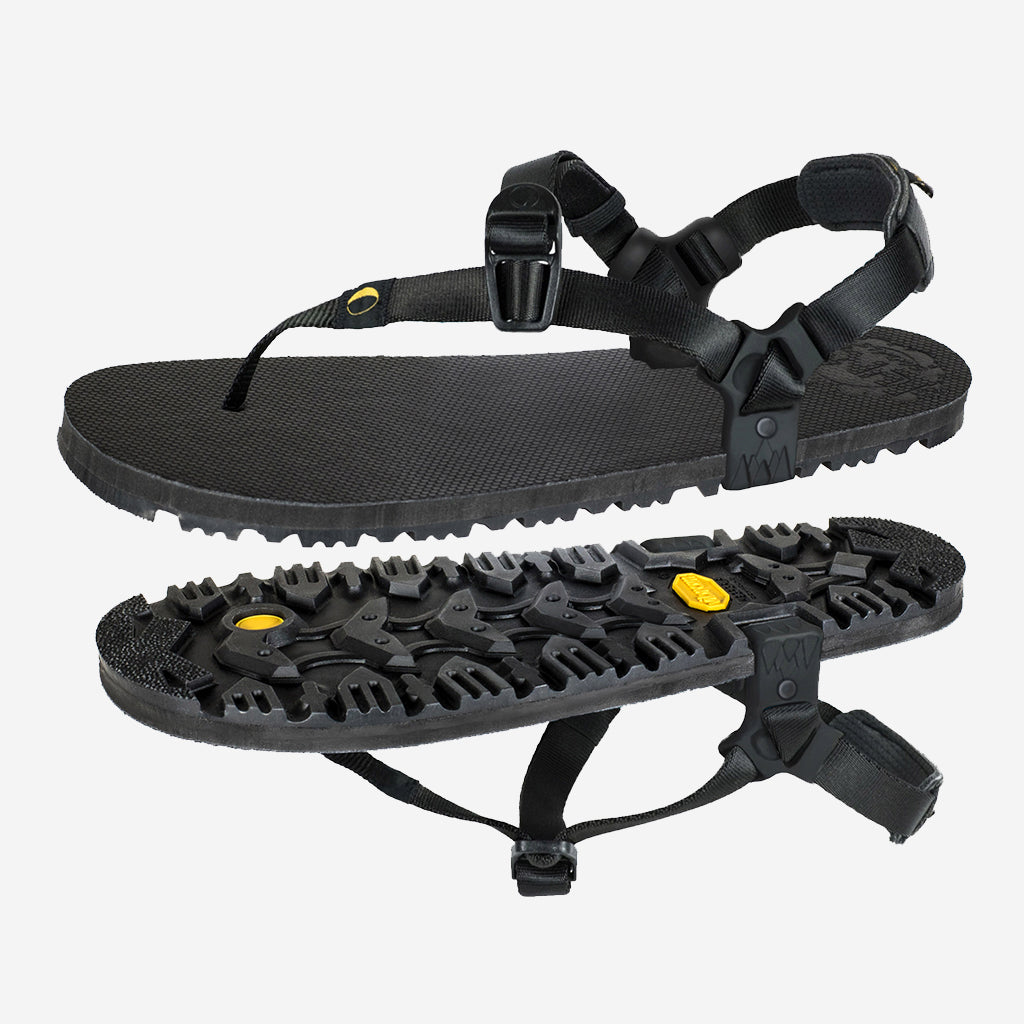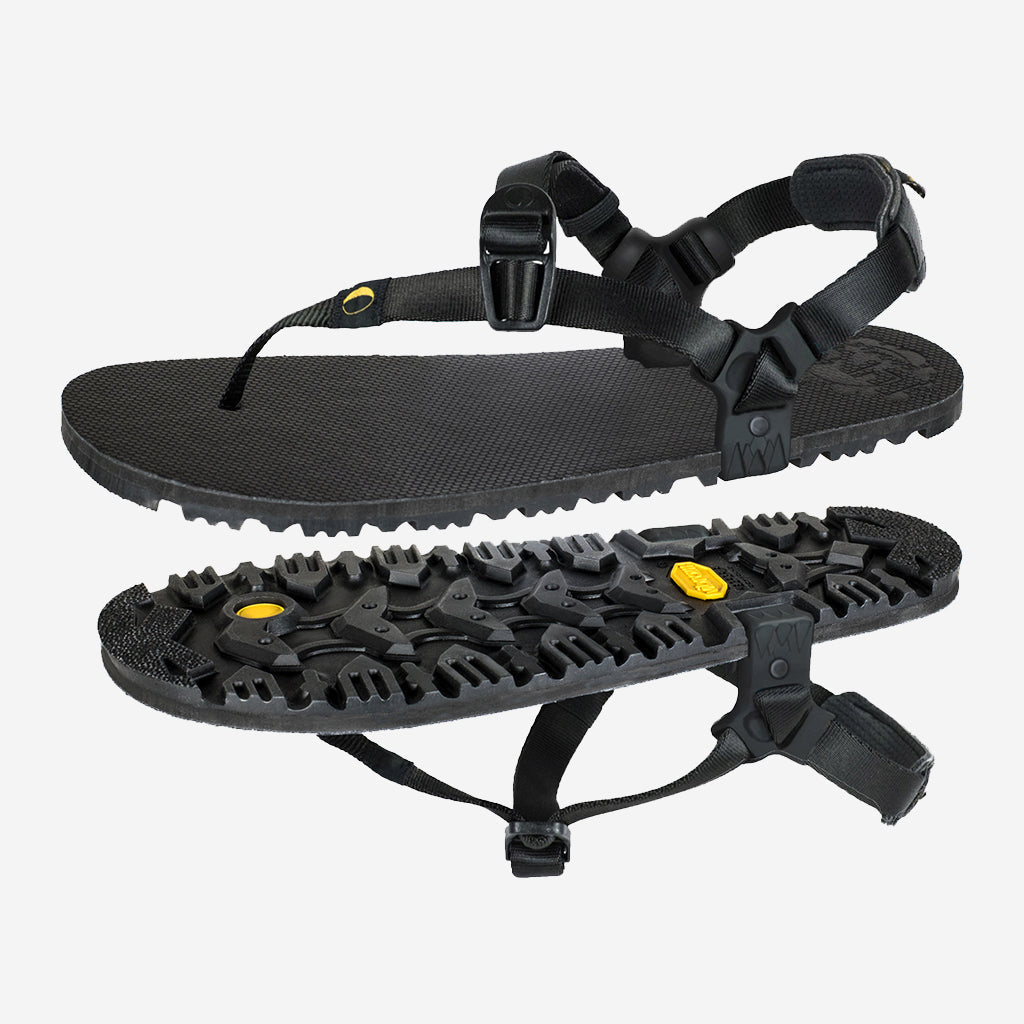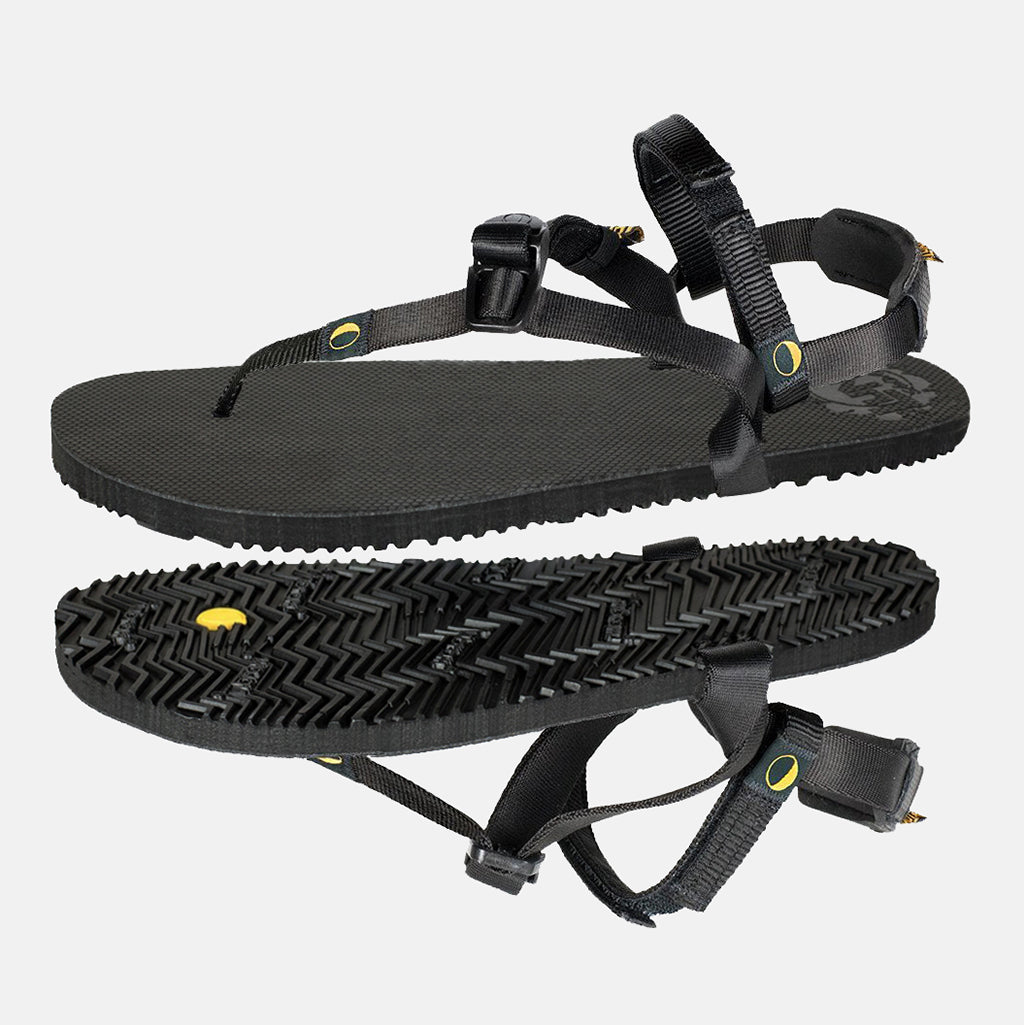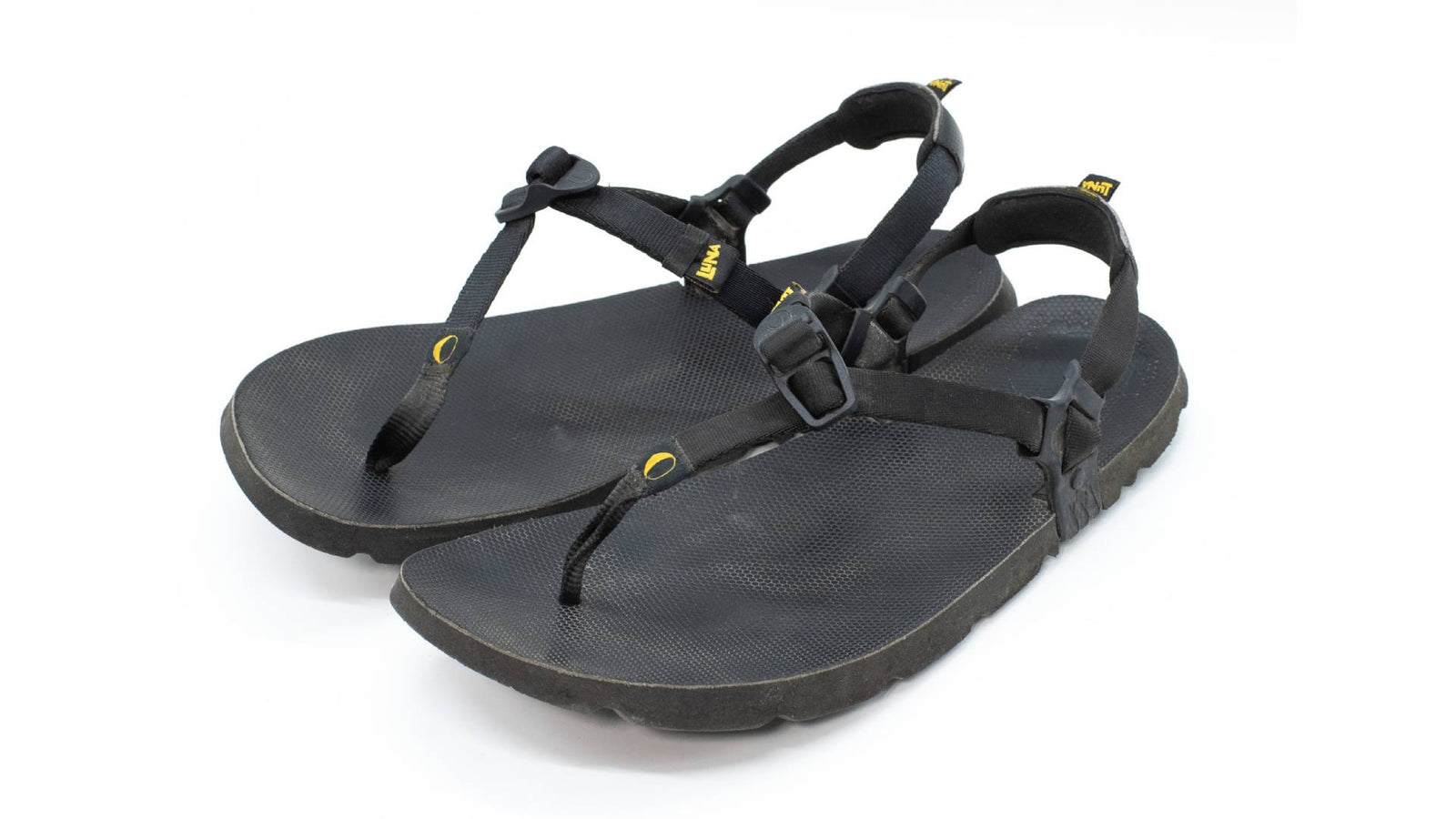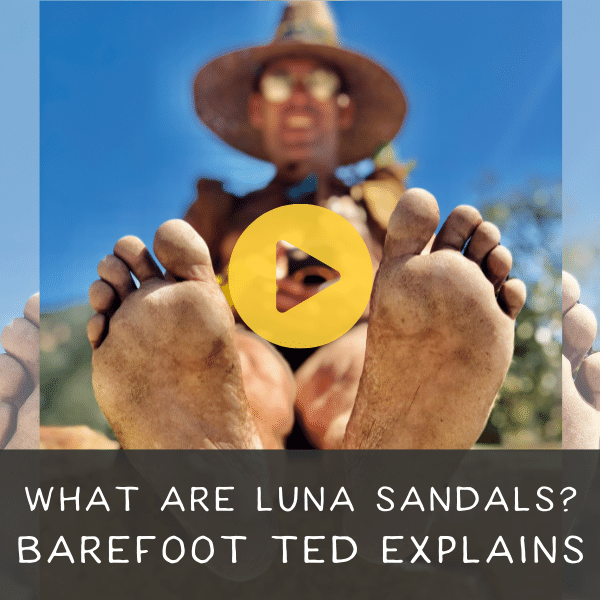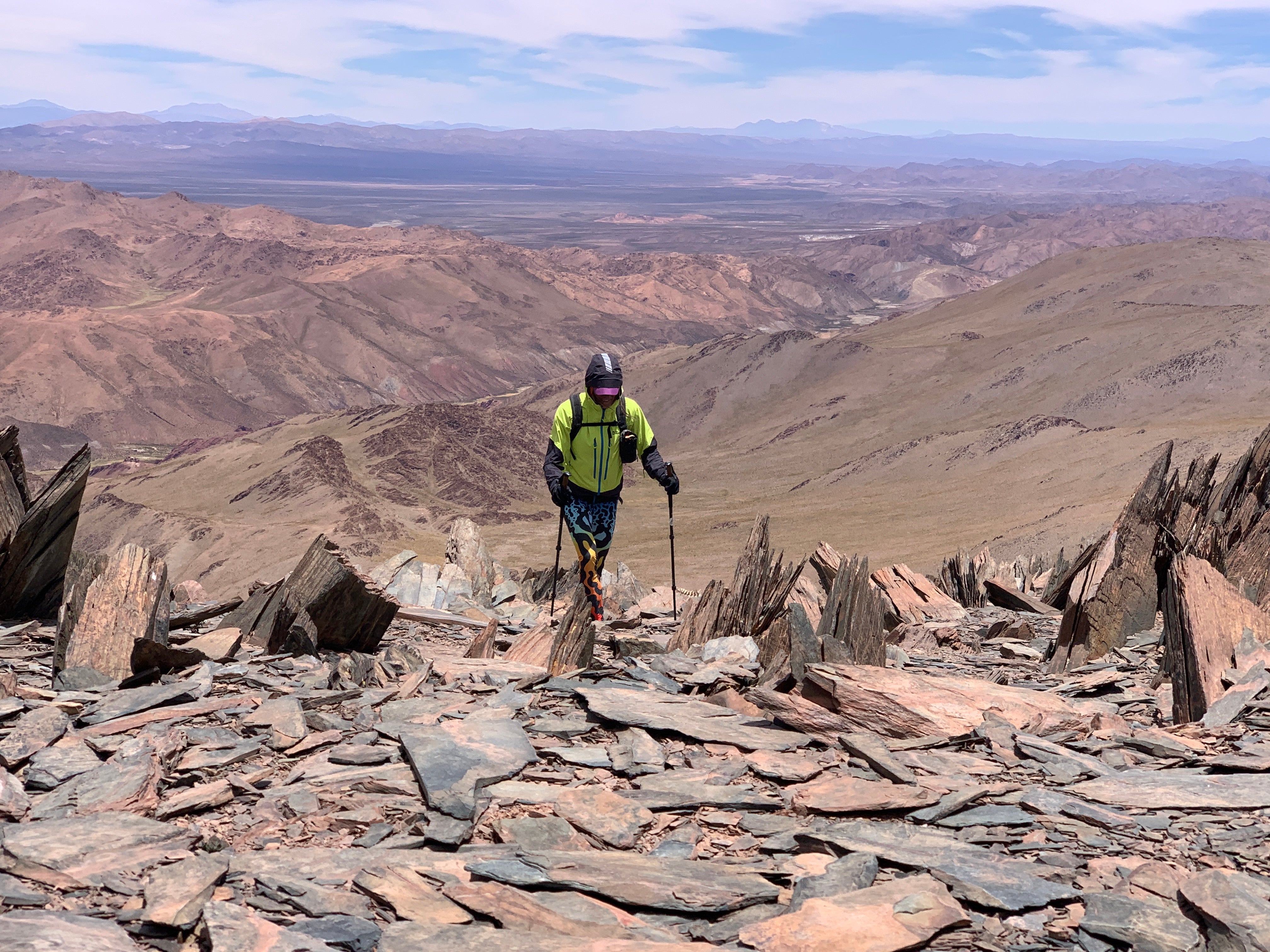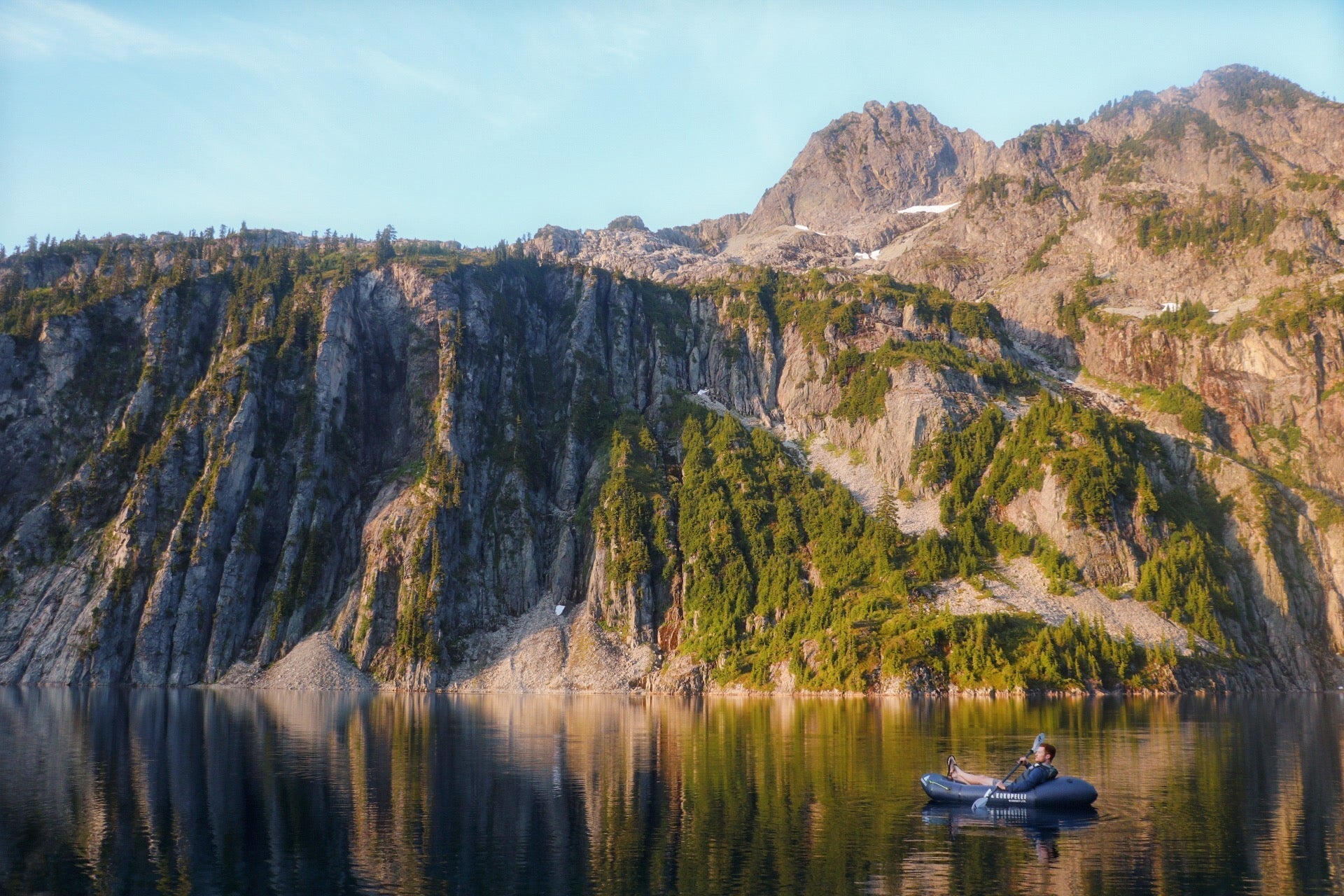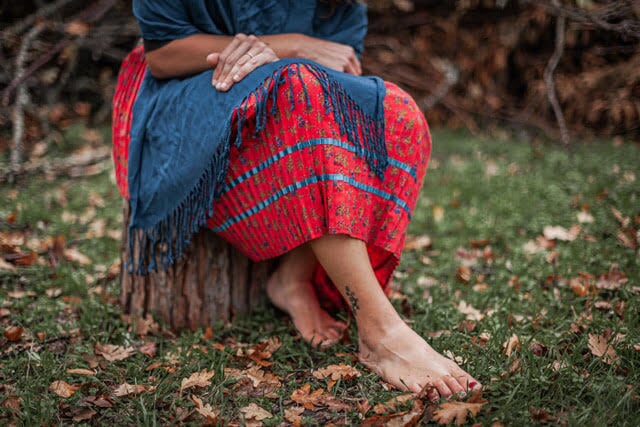Onna Voellmer
CERRO NEGRO
Hiking the Puna de Atacama

"The mountains here touch the sky "
While my LUNAs have taken me up countless mountains, there is nothing quite like the mountains of the Puna. The Puna, or Puna de Atacama, is an arid high plateau in the Andes. It lies primarily within northwestern Argentina, with a smaller percentage lying in northern Chile. This is my second visit to the area, and probably not my last. The mountains here touch the sky, many with elevations greater than 20,000 feet (6000 meters).
Landing at the airport in Salta, Argentina, we made our way to San Antonio de Los Cobres, a small mining town at the edge of the Puna at 12,385 feet (3775 meters). The high elevation of the town and its proximity to many mountains that can be climbed in a day, make it a great location for acclimating to the higher elevation mountains. The last mountain we climbed near San Antonio de Los Cobres was Cerro Negro, 16,362 feet.



The road to Cerro Negro makes its way up an expansive valley, past several old adobe homes. Each home worn by time, possessing a history that begs to tell its story. Adobe ovens, clothes lines, and other infrastructure surround each home, all enclosed by a low adobe or rock wall—a way of life that is as much outside as it is in. We drive along side a long rock wall for a good ten minutes before finally reaching the last homestead. Where, below Cerro Negro, it sits nestled at the mouth of the valley, beneath large shade trees.

"I looked back toward the homestead, wondering if the man who greeted us built all of this himself, or if the story is older than he."
Several dogs run out to greet us, followed by a man that lets us know that this is his valley, and that he herds llama and sheep here. After exchanging a small fee to cross his land, he points us in the direction of the trail that leads to Cerro Negro. The trail leads us away from the homestead and up the valley toward the mountain. After a few minutes the trail fades, weaving in and around bushes, crossing a dry creek bed, and following a myriad of crisscrossing animal trails.

Low in the valley we see his llama and sheep wandering about grazing. Flagstone-like rock forms a small canal where the slopes meet at the low point in the middle of the valley. It is perhaps ten inches deep and the same in width. The rock-sided canal continues for a long way up to a faint spring. The area immediately surrounding the spring holds some water, but has very little outward flow. I lingered for a moment, staring at the wetness, pondering if it is seasonal, or if has begun to die out over time. There are small stone structures here and there, built from the same flat rock that lines the canal. The structures are small, perhaps large enough to provide shade for one person. I looked back toward the homestead, wondering if the man who greeted us built all of this himself, or if the story is older than he.

"The summit is all rock, jagged flat shards of rock sticking up everywhere like daggers"
Large green mounds of Yareta dot the slopes of the valley floor, each 4 to 6 feet across, with smaller ones here and there as we move farther from the spring. Many of the Yareta have small flowers, and a few ooze what looks similar to a pitch or sap from a tree—small crystal blobs glowing like amber in the sunlight. There is more yareta in this valley than I have ever seen in a single place before. Higher up the valley there are small herds of vicuña, larger grasses, and flat rock lie scattered about covering the open ground.

The final climb to the summit is steep, and the wind fierce. The summit is all rock, jagged flat shards of rock sticking up everywhere like daggers. As we draw closer to the summit I see white writing on some of the rocks, mostly names. On the summit block, every rock has a name. I looked around for a white piece chalk or a crayon, but did not see one. I wondered how everyone knew to bring a white one. I did not see any local material that was white that would leave a mark, and yet every rock was written upon in white. There are often interesting things on mountain tops, but I’d never seen anything like this before.


The wind was strong so we did not linger, waiting until we were below the crest for a proper rest. The descent, though steep, passed by quickly and we were back in town before evening ready to move on to our next destination.



Jeanna's Pick:
Author

Onna Voellmer
Tags
Travel
LUNA Sandals
Hiking
Backpacking
 Free Shipping from $105
Free Shipping from $105 wear for 30 days risk free
wear for 30 days risk free
